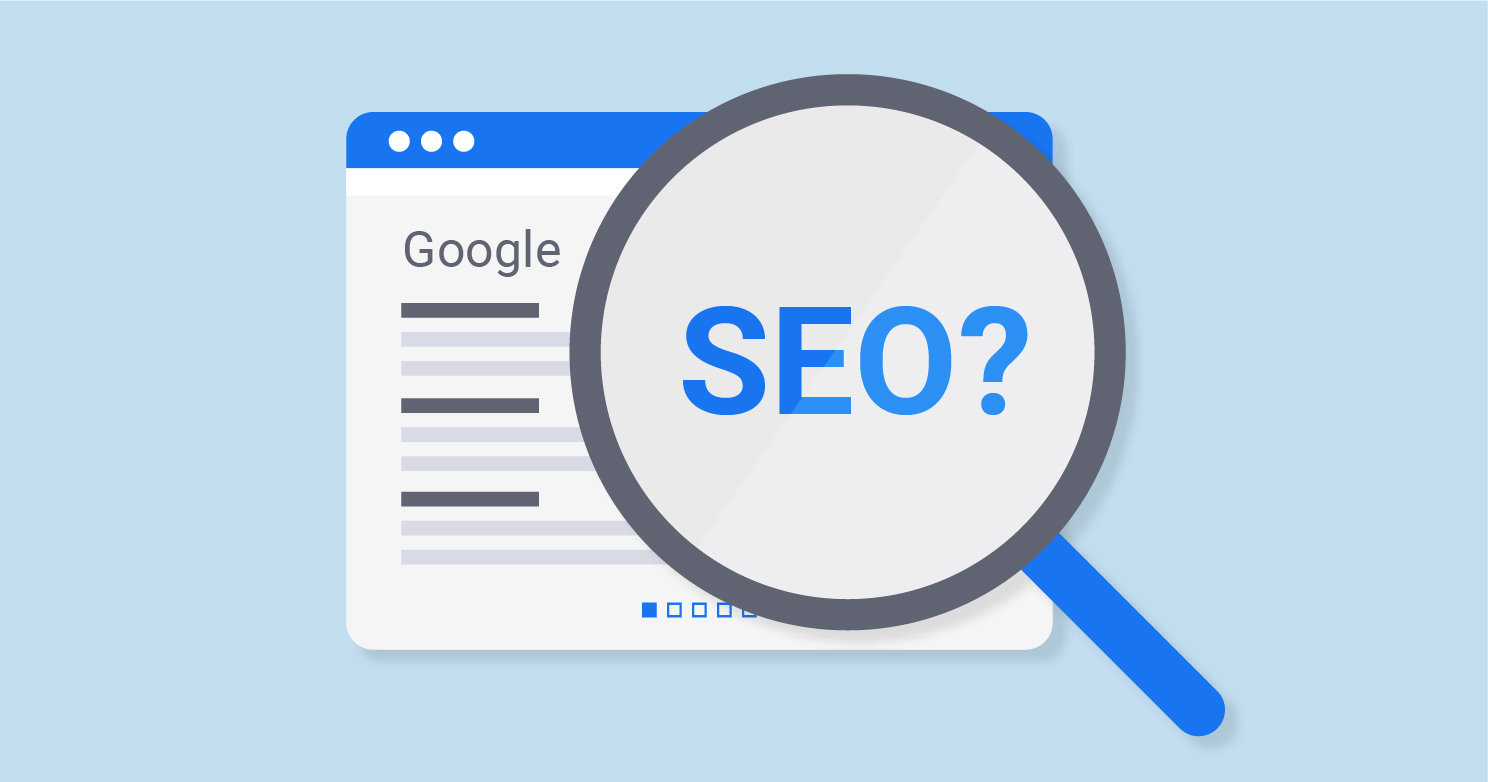Search Engine Optimization is a collection of processes and technologies that help make your content visible to people searching on any search engine. It includes technical requirements, spam policies, and key best practices.
Webpages, including articles, are what search engines like Google store in their indexes. When you perform a query, the search engine compares those indexed items to find the most relevant ones to show users. For more information, Click Here to proceed.

Keywords are the words and phrases that search engine users type into search bars to find something online. They are an important part of any SEO strategy and are used to optimize content and web pages for a target audience’s search query. In this way, keywords help businesses appear in organic search results to get in front of the right people at the right time.
A good keyword strategy is essential to any website’s success. It can drive traffic and lead to a more qualified audience, which increases engagement and conversions. However, it requires consistent research and a keen understanding of the search intent of your target audience. This is because search behavior shifts over time, and keeping up with these changes is important.
To develop a keyword strategy, start with a list of relevant topics and ideas and then find the terms your customers are searching for. You can use tools like Google Keyword Planner to determine the number of searches per month for each term. This will give you an idea of how popular each one is and how much competition there is.
You can then decide which to focus on and where to place them on your site. Some are more competitive than others and may require significant work to rank for. It’s also a good idea to track the performance of your content over time and make adjustments as needed.
Several keywords can be used for SEO, including branded and unbranded terms. Branded search terms include the name of a company, a product or service, or its misspellings. Unbranded search terms can consist of a search for a particular city or region, or they can be a general term that describes the purpose of a site.
Many different factors influence your search engine optimization (SEO) rankings. These include on-page optimization and off-page optimization. On-page optimization refers to changes you make on your website, including optimizing content and improving page structure. Off-page SEO refers to external signals, like backlinks, that can help boost your ranking. The most effective strategy for both on-page and off-page SEO is a comprehensive approach that considers all of the different elements of your website.
The first step in on-page optimization is identifying your target keywords and developing an SEO strategy around them. This will ensure that your website is properly optimized to rank well for the keywords you’re targeting. You’ll also want to optimize your content with your keyword research in mind. This will improve your visibility on the search results pages (SERPs) and increase your chances of getting clicks from potential customers.
On-page SEO includes various elements, from meta descriptions to title tags. While some of these components may seem minor, they can significantly impact your search engine rankings. Taking the time to optimize these components can help you get more traffic and higher rankings.
Another important on-page element is internal linking. This refers to links within your site that lead to other content on your website. For example, you might include a “further reading” section in your blog posts that links to related articles. This can improve the user experience, giving them a more comprehensive understanding of your topic. It can also improve your SEO by helping search engines crawl and discover new content on your website.
The last on-page optimization tip is to use schema markup to help search engines better understand your content. This is an important part of on-page SEO because it allows search engines to index and display your website’s content more relevantly. For example, if someone searches for “Can dogs eat watermelon,” Google’s featured snippet might display a list of related articles with their answers in a table or an infographic.
Link building strategically increases the number of hyperlinks (also known as backlinks) pointing to a website. It is an important part of SEO, and it can have a significant impact on search engine rankings. It is also a critical component of an effective digital marketing strategy. However, there is a right way and a wrong way to build links, and if you do it the wrong way, you can get penalized by Google. This can be avoided using the Google Disavow tool, conducting manual reviews of your link profile, and avoiding spammy or low-quality links.
Link building is one of the most important aspects of SEO, and it is the only way to increase your website’s visibility in search engines. Backlinks are one of the most important ranking factors for search engines, and they act as votes of confidence that your content is valuable and relevant. Google’s Andrey Lipattsev said, “The quality of links is the best signal we have about a page’s importance.”
There are several ways to build links, including guest blogging, infographics, resource pages, broken link building, and social media outreach. Each has its benefits and drawbacks, but they can all help you improve your search engine optimization.
Before you begin your link-building campaign, it is important to understand who your audience is and what kind of information they need. This will help you create better content and reach the right people. Moreover, it will help you target websites that fit your business well. This will save you time and money and ensure your link-building efforts succeed.
Content creation is a process that involves the creation of various forms of media that appeal to your target audience. This process aims to help you reach your marketing objectives and grow your business. It is important to set measurable goals and monitor key metrics to accomplish this. Then, you can make decisions based on the results of your content efforts.
SEO, or search engine optimization, is critical to any content marketing strategy. It helps search engines find and rank your website for relevant keywords, resulting in more visibility and traffic. Moreover, SEO best practices can improve the user experience of your website by increasing its relevance and readability. However, it is important to remember that overly optimizing your content can lead to keyword stuffing, hurting your rankings.
The key to successful SEO content creation is focusing on your customers’ problems. Great content solves these problems, generating leads and driving conversions. Research has shown that conversions are six times higher for brands that invest in content creation. In addition, 9 out of 10 B2B product or service buyers rely on content to inform their buying decisions.
Inbound marketers also use content to guide their customers through the sales process. For example, they create top-of-the-funnel blogs to attract new visitors and mid-funnel landing pages to engage those visitors. Finally, they use white papers and eBooks to convert these visitors into buyers.
Creating and managing SEO-optimized content can be challenging, especially for marketing professionals and entrepreneurs who may need to gain experience in this area. Harnessing the power of SEO can boost your brand’s performance, but it takes time and resources to produce high-quality content optimized for search engines. To do so, you must first conduct keyword research to identify your target keywords. You can do this using a tool such as Semrush’s Keyword Magic Tool.
When a user clicks on a link to visit a website, their web browser sends a request to the page server for content and other information. It then takes a moment or two for the page to be loaded and displayed on their screen. This process is known as “page load time” or “webpage speed.” It is one of the most important factors in SEO because users have short digital attention spans and will leave websites that need to be faster to load.
The time it takes for a web page to load depends on the size of the files, how efficient the code is, and the performance of the website’s server. This is why optimizing page speed is essential by using techniques such as compressing images, minifying CSS and JavaScript files, reducing redirects, and using content delivery networks. In addition, it’s also necessary to test your site to ensure that all its pages load quickly.
A slow website is a big turn-off for users, and it’s estimated that more than half of users will abandon a webpage that takes over three seconds to load. This is why SEO professionals take page speed very seriously and work to make their websites as fast as possible.
In addition to being a ranking factor, page load speed directly impacts customer satisfaction and conversion rates. For example, a one-second delay in page load time can result in a 7% loss in customer satisfaction. Reducing page load times is crucial to improve SEO and enhance user experience. To do so, marketers should measure and track the performance of their websites. A good page speed metric is to look at the document’s interactive time, which measures the time it takes for the scripts on the web page to load. This metric can determine how long it takes for the page to be fully loaded and is often combined with the bounce rate.




